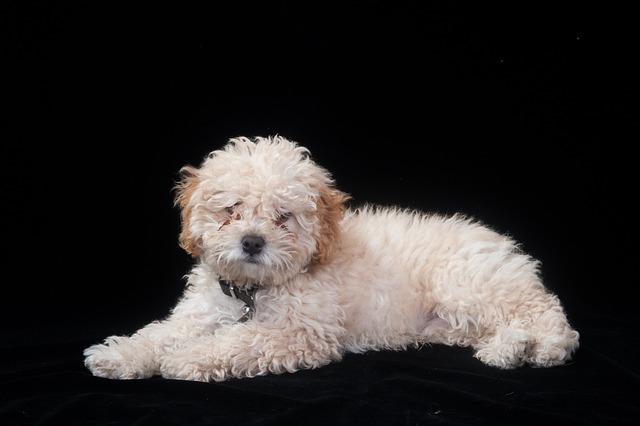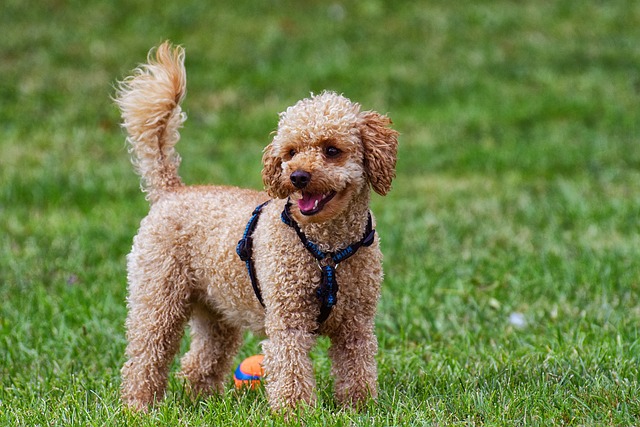
How to teach a Corgi to stay still?
Corgis are little balls of energy—their short legs and perky tails make them eager to explore every corner, which can make staying still feel like a chore.
Teddy Dogs (often called Shichon or Zuchon mixes) are smart, but their small size means they have smaller bladders—so consistency is key when teaching them a designated toilet spot. Start by picking a spot that’s easy for them to access, like a corner of your patio or a patch of artificial grass on the balcony. Take them there first thing in the morning, right after meals, and before bed—these are times when they’re most likely to need to go.
When your Teddy steps onto the designated spot, use a calm, clear cue like “go potty” to link the action to the phrase. If they use the spot, reward them immediately with a tiny treat and excited praise—Teddies thrive on positive reinforcement, and this helps them connect the spot to good things. If they have an accident inside, don’t scold them; just clean it up with an enzyme cleaner to remove the scent, so they don’t return to that spot.
 Many cities have rules about pet waste—for example, some require picking up after your dog in public areas, and others ban letting dogs relieve themselves on neighbor’s lawns without permission. Teaching your Teddy to use a designated spot at home or a specific public area (like a dog park’s toilet zone) keeps you compliant. It also avoids conflicts with neighbors and helps keep shared spaces clean, which is part of being a responsible pet owner.
Many cities have rules about pet waste—for example, some require picking up after your dog in public areas, and others ban letting dogs relieve themselves on neighbor’s lawns without permission. Teaching your Teddy to use a designated spot at home or a specific public area (like a dog park’s toilet zone) keeps you compliant. It also avoids conflicts with neighbors and helps keep shared spaces clean, which is part of being a responsible pet owner.
Pay attention to your Teddy’s body language—signs like pacing, sniffing the floor, or circling mean they need to go. If you catch these cues, scoop them up quickly and take them to their spot. Young Teddies might need more frequent trips, so setting a timer for every 1-2 hours can prevent accidents. As they get older (around 6 months), you can gradually extend the time between trips, but sticking to a routine still helps.
If you live in an apartment without outdoor space, a indoor potty pad or a small artificial grass tray works well. Place it in a quiet area (not near their food or bed) and follow the same reward system. Some owners find using a bell by the door helps—teach your Teddy to ring it when they need to go, making communication easier for both of you. Your vet can also share tips if you’re struggling, especially if your Teddy has frequent accidents due to health issues.
With patience and a consistent routine, your Teddy will learn their designated toilet spot in no time. This not only keeps your home clean but also helps you follow local pet rules, making life easier for both you and your furry friend. Remember, mistakes happen—staying positive is the best way to help your Teddy succeed.

Corgis are little balls of energy—their short legs and perky tails make them eager to explore every corner, which can make staying still feel like a chore.

Teddy Dogs (often called Shichon or Zuchon mixes) are smart, but their small size means they have smaller bladders—so consistency is key when teaching them a designated toilet spot.

Training a Belgian Malinois to use a designated toilet spot can feel daunting at first—these sharp, active dogs thrive on structure, but they also need clear guidance to learn new habits.

Chihuahuas’ tiny size makes toilet training feel tricky—their small bladders mean they need frequent trips outside, but consistency is key to helping them learn.

The idea of housebreaking a puppy in just five days might sound like a fantasy, but while you can’t expect perfection in such a short time

If you're constantly mopping up accidents and wondering when this phase will end, you're not alone. The journey to reliable potty training feels endless when you're in the middle of it